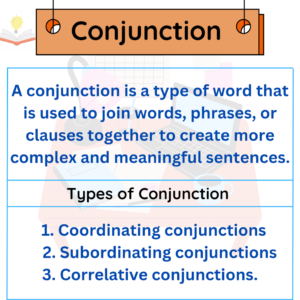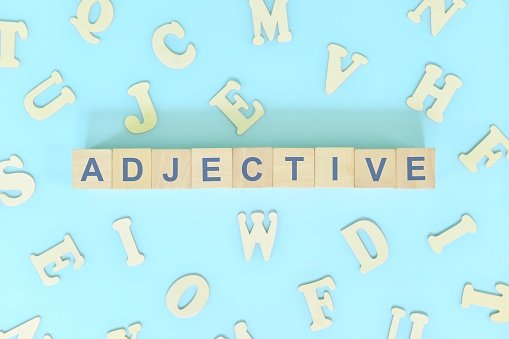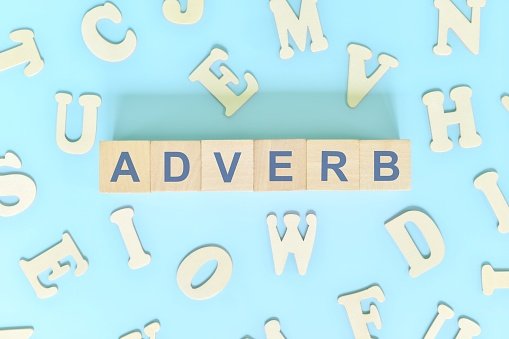What is Conjunction? | Meaning, Definition, Types, Rules and Examples
A conjunction is a type of word that is used to join words, phrases, or clauses together to create more complex and meaningful sentences.
Conjunction Meaning and Definition
Conjunction Meaning:
The main function of a conjunction is to connect words or phrases, so that they can be used together in a sentence. This helps to create sentences that are more complex and interesting, and that convey a greater amount of information.
Conjunction Definition
In grammar, a conjunction is a word used to connect words, phrases, or clauses together in a sentence. It is a part of speech that functions as a connector, joining words, phrases, or clauses that are similar or related in meaning.
Types of Conjunction :
There are three main types of conjunctions:
- Coordinating conjunctions
- Subordinating conjunctions
- Correlative conjunctions.
Coordinating Conjunctions:
These conjunctions are used to join two independent clauses or sentences that are equal in importance. The most common coordinating conjunctions are: and, but, or, so, yet, and for.
Example: I went to the store, and I bought some milk.
Subordinating Conjunctions:
These conjunctions are used to join a subordinate clause (dependent clause) to a main clause (independent clause). Subordinate clauses are not complete sentences on their own, but they add additional information to the main clause. The most common subordinating conjunctions are: because, although, since, while, after, before, if, when, etc.
Example: Because it was raining, I stayed inside.
Correlative Conjunctions:
These conjunctions are used in pairs to join words or phrases that have equal importance in a sentence. The most common correlative conjunctions are: either…or, neither…nor, not only…but also, both…and.
Example: Either you can come with me, or you can stay here.
Rules of Conjunction :
- Conjunctions are used to join words or clauses, not to begin a sentence.
- In compound sentences, the two independent clauses are separated by a comma and a coordinating conjunction.
- In complex sentences, the subordinate clause is usually separated from the main clause by a comma if it comes before the main clause.
Examples of Conjunction :
I like coffee, but I prefer tea. (Compound sentence using coordinating conjunction “but” to join two independent clauses)
After I finish my homework, I will watch TV. (Complex sentence using subordinating conjunction “after” to join a dependent and independent clause)
Both my parents and my grandparents came to my graduation. (Correlative conjunction “both…and” used to join two phrases)
FAQ – What is Conjunction
Q: What is the difference between a coordinating conjunction and a subordinating conjunction?
A: Coordinating conjunctions are used to join two independent clauses of equal importance, while subordinating conjunctions are used to join a subordinate clause to a main clause, indicating a dependent relationship between the two.
Q: Can a sentence have more than one conjunction?
A: Yes, a sentence can have more than one conjunction. However, it is important to use conjunctions sparingly and effectively to avoid creating run-on sentences or making the sentence too complicated.
Q: What are some common examples of coordinating conjunctions?
A: Some common coordinating conjunctions include: and, but, or, so, yet, and for.
Q: Can a subordinating conjunction be used at the beginning of a sentence?
A: Yes, a subordinating conjunction can be used at the beginning of a sentence if it is introducing a subordinate clause. In this case, the subordinate clause will typically be followed by a comma before the main clause.
Q: What are some common examples of subordinating conjunctions?
A: Some common subordinating conjunctions include: because, although, since, while, after, before, if, when, etc.
Q: What is a correlative conjunction?
A: A correlative conjunction is a type of conjunction that is used in pairs to join words or phrases that have equal importance in a sentence. Some common correlative conjunctions include: either…or, neither…nor, not only…but also, both…and.
Conclusion
Conjunctions are an essential part of the English language, used to connect words, phrases, and clauses in order to create more complex and meaningful sentences. There are three main types of conjunctions: coordinating conjunctions, subordinating conjunctions, and correlative conjunctions. Coordinating conjunctions are used to join two independent clauses of equal importance, subordinating conjunctions are used to join a subordinate clause to a main clause, indicating a dependent relationship between the two, and correlative conjunctions are used in pairs to join words or phrases of equal importance.
When using conjunctions, it is important to follow basic rules such as not using them at the beginning of a sentence and using them effectively and sparingly. By using conjunctions correctly, writers can create clear and effective sentences that convey the intended meaning to their readers.



